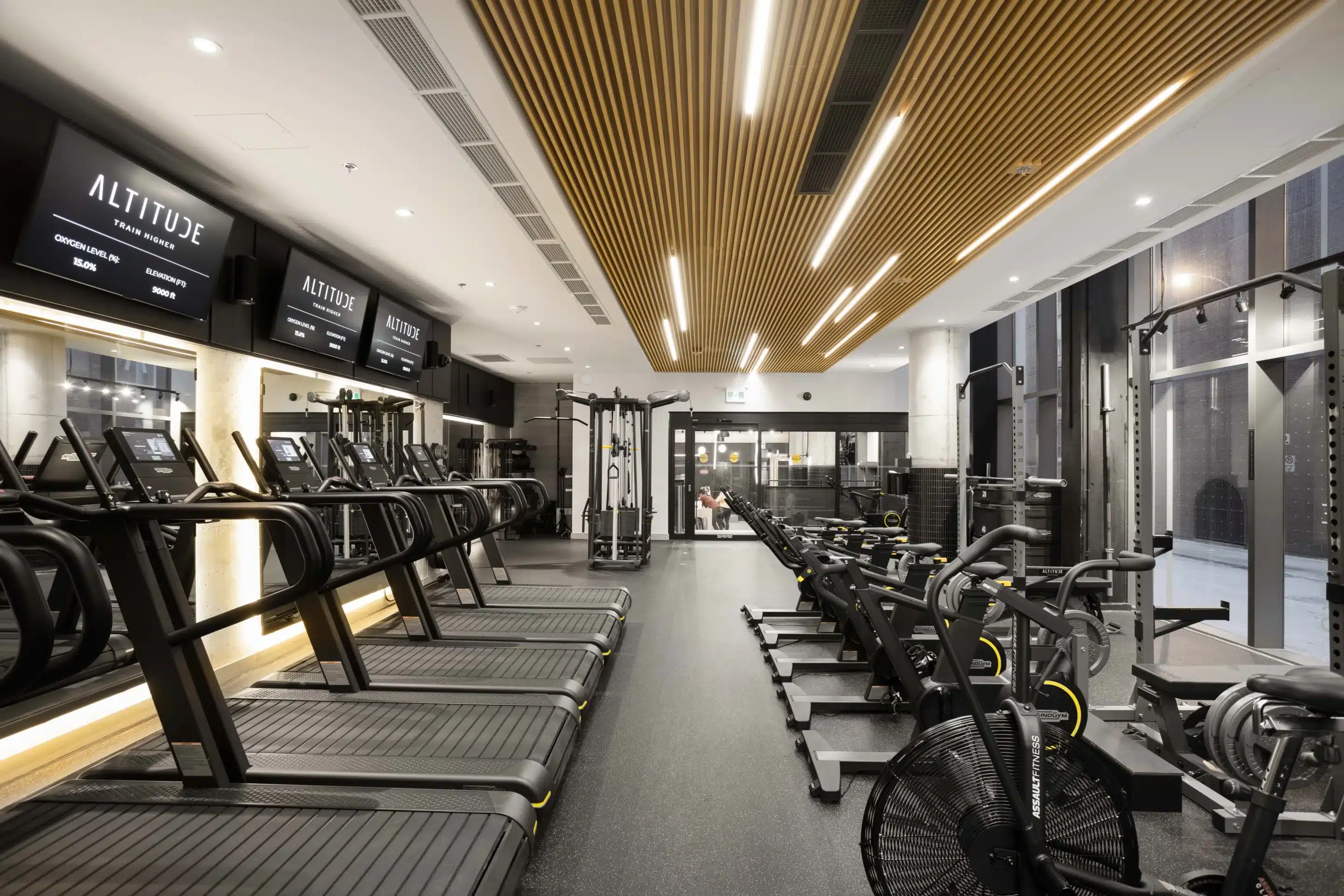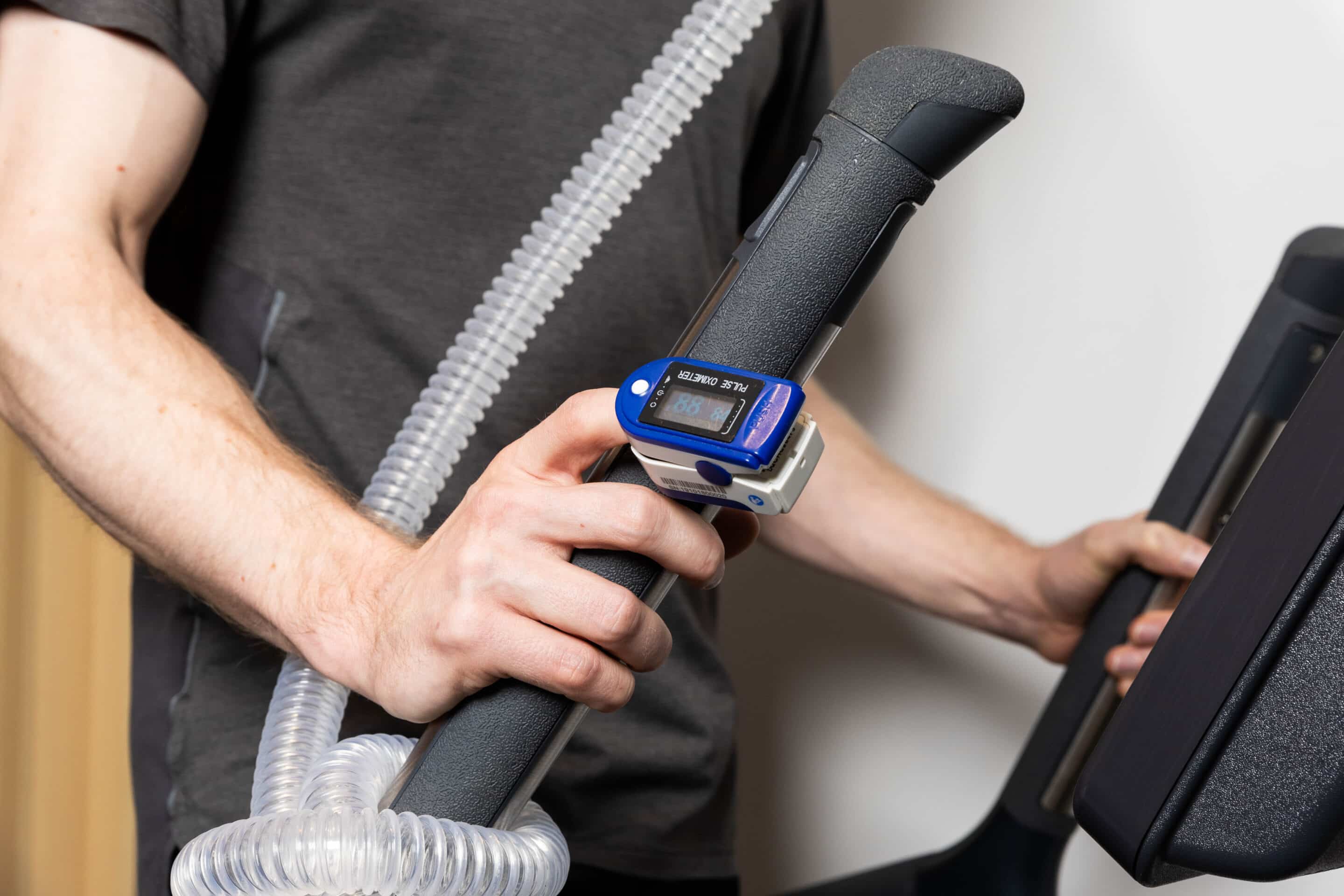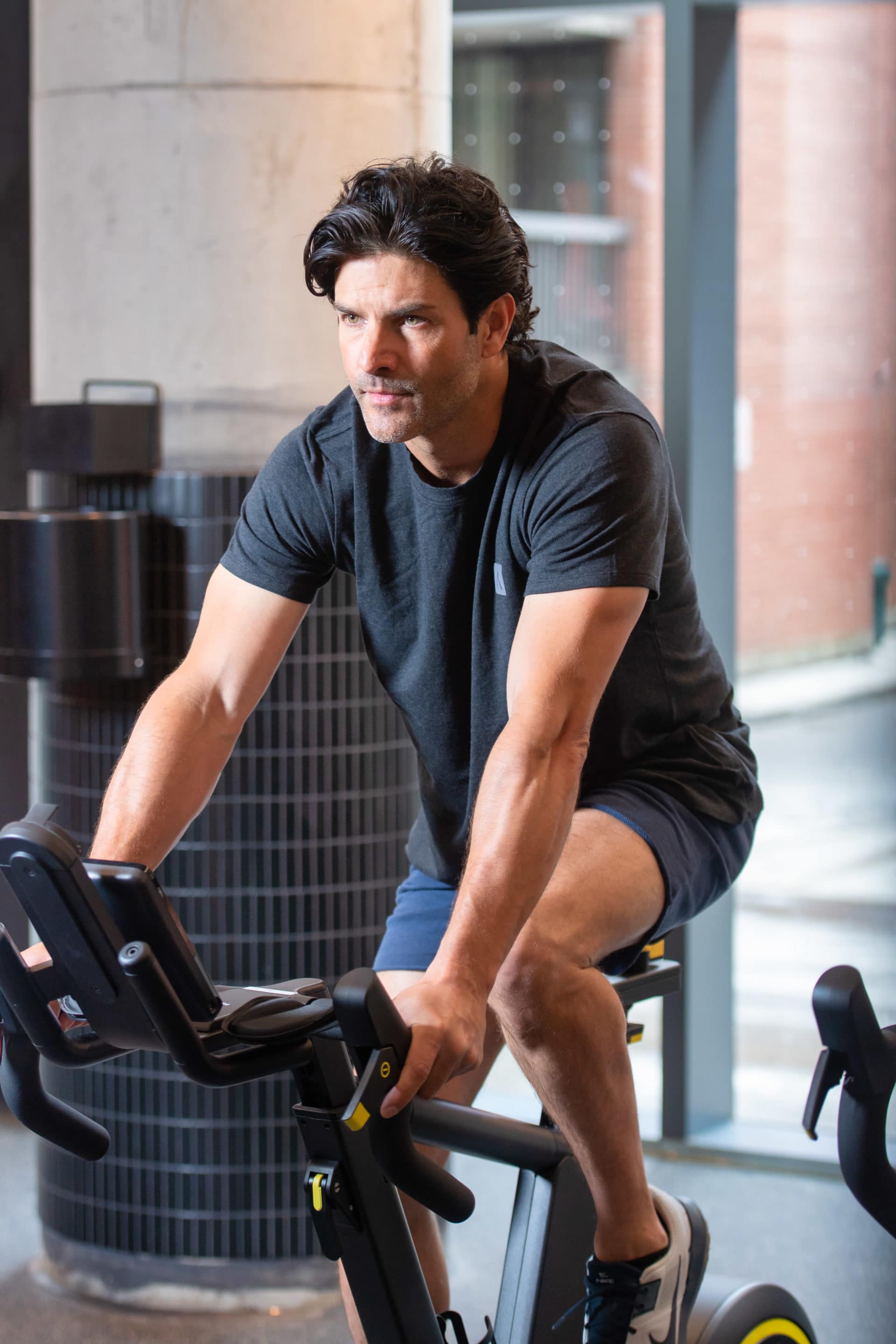Exploring Hypoxic Training: A Biohacking Method or Natural Adaptation?
In recent years, the term “biohacking” has gained significant traction, capturing the imagination of individuals seeking to optimize their physical and mental performance through unconventional means. Among the myriad techniques and methodologies encompassed by this umbrella term, hypoxic training stands out as a particularly intriguing approach. But is hypoxic training truly a form of biohacking, or does it represent a natural adaptation rooted in our evolutionary history? Let’s delve into this fascinating topic.

Hypoxic Chamber
Understanding Hypoxic Training
Hypoxic training involves exposing the body to reduced oxygen levels, typically achieved by simulating high-altitude environments or utilizing specialized equipment such as altitude tents, masks, or chambers. Athletes, fitness enthusiasts, and even medical professionals have long been intrigued by the potential benefits of training in hypoxic conditions.
The Biohacking Perspective
From a biohacking standpoint, hypoxic training fits squarely within the realm of manipulating environmental variables to elicit specific physiological responses. Proponents argue that by subjecting the body to oxygen deprivation, one can trigger adaptations that enhance endurance, cardiovascular function, and overall performance. This perspective aligns with the broader ethos of biohacking, which revolves around leveraging technology, lifestyle modifications, and unconventional practices to optimize human biology.
Evolutionary Roots
However, an alternative viewpoint suggests that hypoxic training is not so much a novel biohacking technique but rather a rediscovery of our body’s innate ability to adapt to changing environmental conditions. Throughout human history, populations living at high altitudes, such as the Andean or Tibetan peoples, have developed unique physiological adaptations to thrive in oxygen-deprived environments. These adaptations include increased red blood cell production, enhanced oxygen utilization, and improved aerobic capacity.

Bridging the Gap
So, where does hypoxic training fit within the biohacking landscape? The answer may lie in its fusion of modern technology with ancient evolutionary mechanisms. While the basic concept of hypoxic training may not be revolutionary in itself, the innovative tools and methodologies employed to simulate altitude conditions represent a quintessential aspect of biohacking. By harnessing our understanding of human physiology and leveraging cutting-edge technology, individuals can fine-tune their training regimens to achieve specific performance goals.
The Science of Adaptation
Regardless of whether one views hypoxic training as a form of biohacking or a natural adaptation, its efficacy is supported by a robust body of scientific research. Studies have shown that exposure to hypoxic conditions can stimulate the production of erythropoietin (EPO), a hormone that regulates red blood cell production, leading to increased oxygen-carrying capacity. Additionally, hypoxic training has been linked to improvements in aerobic endurance, mitochondrial function, and vascular health.

Conclusion: A Blend of Innovation and Tradition
The debate over whether hypoxic training qualifies as a form of biohacking ultimately hinges on one’s perspective. While some may view it as a cutting-edge technique born from the intersection of science and experimentation, others may see it as a rediscovery of ancient physiological adaptations honed over millennia. Regardless of semantics, hypoxic training offers individuals a powerful tool for enhancing physical performance and pushing the boundaries of human potential. Whether you approach it as a biohacker seeking to optimize every facet of your biology or as a student of human evolution embracing our ancestral heritage, the benefits of hypoxic training are undeniable.
Let’s talk about how hypoxic training can improve your health, fitness and performance. Schedule a time to meet with one of our expert Altitude coaches.

